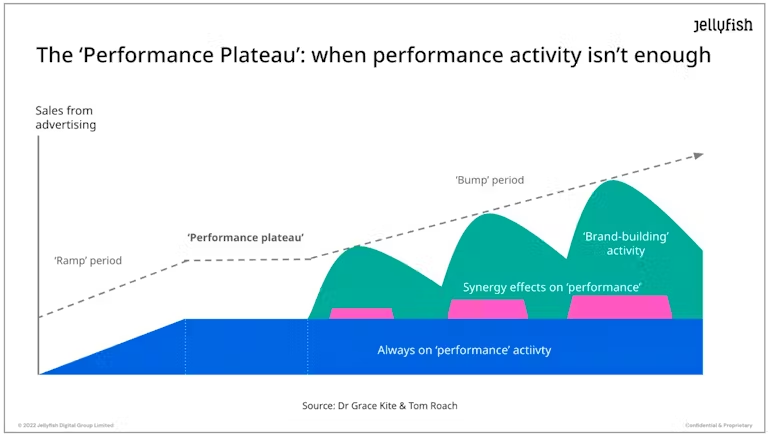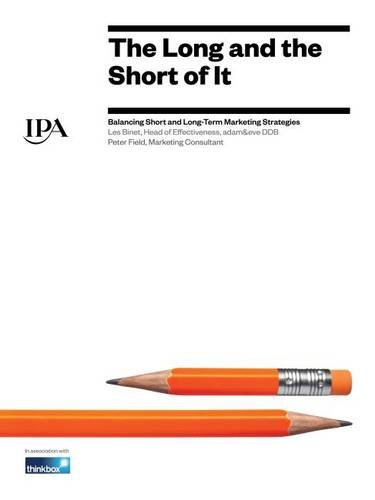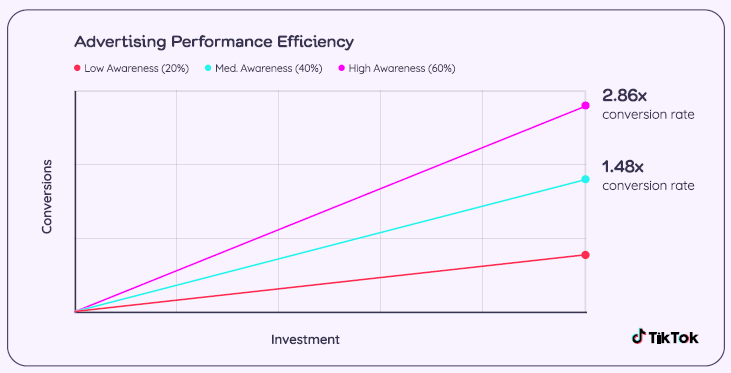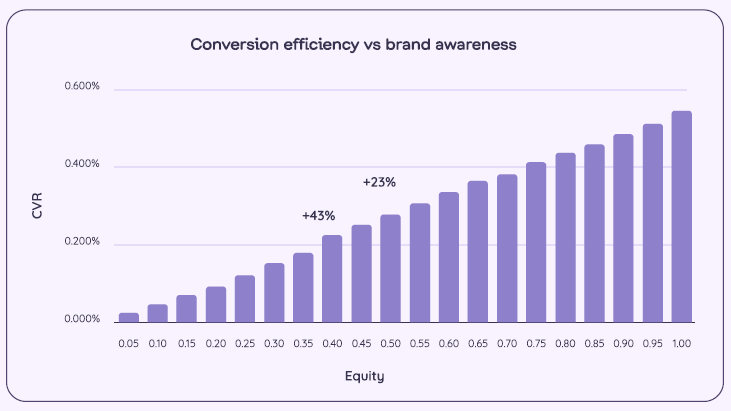2 weeks ago I wrote a posting on Linkedin featuring an article in the popular German business & management magazine WirtschaftsWoche that quoted popular marketing leaders from top tier brands like Nestle, Vodafone, L’Oreal and also leading agency speakers that came to the conclusion that they were over-invested in performance marketing over the past years. That somehow left me speechless, cause the evidence to a balanced budget between performance and brand based marketing is at our tables since over 10 years. Also the recent case of Nike’s downfall is a lesson that the transition to DTC and performance was not successful for an A player brand.
I want to pick that issue up here again and use the chance to give a more detailed background on this super important topic.
Myself made my entry into marketing world mid/end 2000s when the internet was established, we got the dot.com crisis right behind and social media was on the rise. Starting in a digital marketing agency put me right in the heart of what is widely seen as performance marketing. Digital presences aka websites have been bombarded with traffic we bought on cost per click models and monitored the business outcomes with our analytics tools. I think there is nothing wrong with doing so – still nowadays. This is basic digital marketing craftsmanship. Where it went a little to far is when all the growth hacking stuff started in the 2010 fueled by the huge success of social media and other web-based startups. Also big established brands wanted to jump onto the new vehicle to grow and heavily invested here. Besides there were also voices from marketeers to here that the era of the brand is dead now.

Indeed the era of brands changed since I got into marketing and will always will as society evolves as well. There is a new way that a brand can also be completely shaped as a DTC brand, utilizing performance marketing to grow to certain impressive sales numbers. But can a DTC consumer brand grow just with performance marketing to the size of an established brand in the same category? NO. This effect is called the performance plateau and is widely excepted. And the answer to sustainably brand grow is simply: do both, brand AND performance.
The long and the short of it
Where did it all start….2013 with the release of the “The long and the short of it” by Peter Field and Les Binet.

This research shaped the current perception in marketing effectiveness. Les Binet and Peter Field demonstrated in an extensive study that a roughly 60:40 balance between brand building and performance marketing will achieve the highest returns. This balance might vary slightly through out different categories and also based on the maturity of the brand but it is a great working indicator for future budget planning. It as well gives a concrete answer to how brands grow: namely when the have a greater share of voice (SOV) then their category competitors. This means that brands unfortunately need to out-spent their competitor which means a huge advantage for established brands. But as we see from recent studies the power of creativity is another leverage for growth with a not so filled budget buckets.
Another important aspect from their work is the joint approach to brand AND performance marketing. In populated arguments there was sometime the performance vs. brand discussion, which is just completely nonsense. Both parts are needed!

Brand 🤝 Performance or the big “AND”
A very recent study from Tracksuite and TikTok examined the effect of different states of brand awareness on performance marketing efficiency and found great dependencies:
In fact, the study found that high awareness brands achieve 2.86x the conversion rate of low awareness brands. Put simply, the more familiar your brand is to all category buyers, the more efficient your performance advertising becomes.

For example, results showed that a brand with 40% prompted awareness is 43% more efficient in driving conversions than one with 30% awareness. A brand with 50% prompted
awareness is 29% more efficient than one with 40% awareness and so on and so forth.

Put simply, more awareness = higher conversion rate. So there can also be concluded that performance marketing gets significant efficient when investing in brand as well.
“Bothism” as a state of mind
As explained before it quite critical that we always see the combination of both approaches as the key to success. Mark Ritson termed around that the word “Bothism“. Bothism is a concept that can be applied to many fundamental discussions we see around marketing all over again: Awareness vs. Loyalty, lower funnel vs. upper funner investment and many many more. Every time a populistic discussion is pulled up somewhere there is often the claim made the one thing is utterly better than the other. This is not true most of the times and marketing people should be very critical when reading such pieces.
Leave a Reply